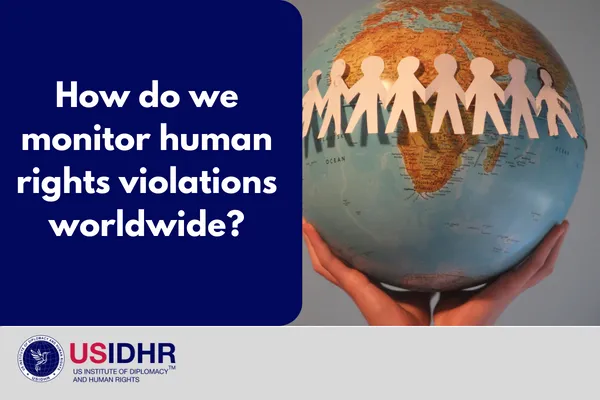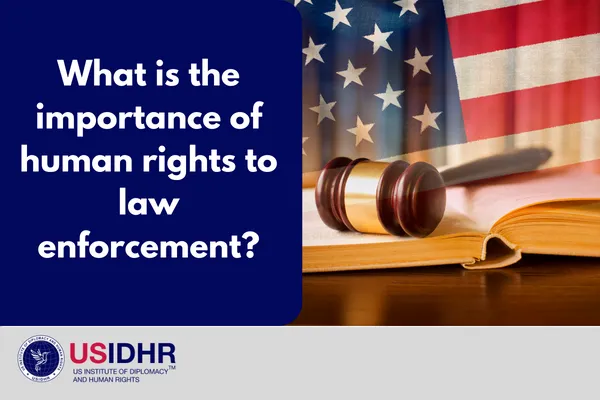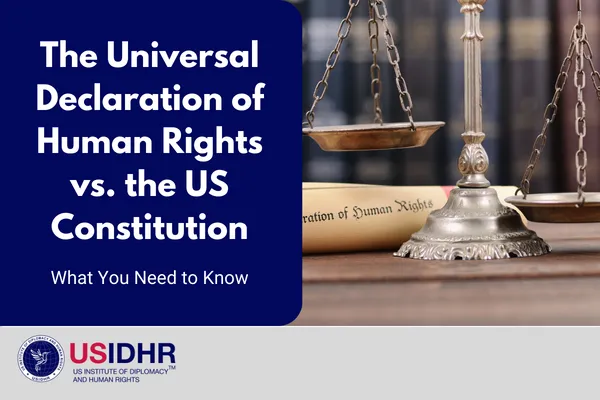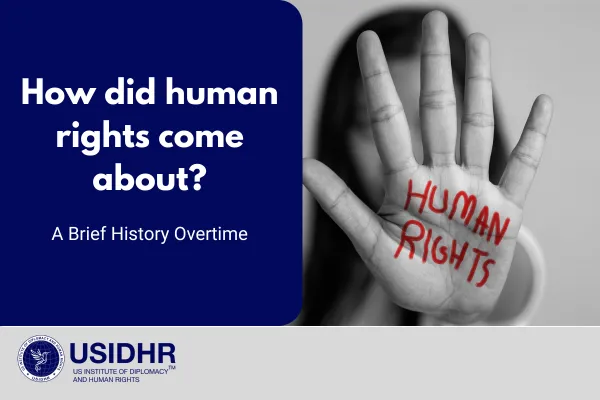
It was only 100 years ago that in the United States, the 19th Amendment was passed giving women the right to vote, and even less than 100 years ago that legal racial segregation and discrimination ended. Over time, however, human rights have evolved as a term in different documents which have been written for the protection of people who are exploited, often in response to societal wrongdoings. Human rights documents have evolved to take on different needs and meanings over time, and frequently result in huge shifts in society. Nonetheless, human rights did not in fact exist until the end of the second World War, when the Universal Declaration of Human Rights was adopted[21]. Before, documents mentioned the “rights of man”, “freedoms” or simply, “rights”. The question is, how did human rights come to mean what they do today? Many important documents on human rights exist from different countries and cultures, but 22 will be explained in this brief history on the topic.
539 BC The Cyrus Cylinder
In 539 BC, Cyrus the Great conquered the city of Babylon, freed slaves to return home, and declared that people should have a choice in their religion[1][2]. This event is considered by many to be the world’s first charter of human rights in history. Prior to this, people had rights based on membership to a group, such as a family for example. This event served as an inspiration to the civilizations of India, Greece, and Rome, cultures that are known these days for their contributions to rights and freedoms.
1215 The Magna Carta
Undoubtedly a great first step in the long journey for human rights, a document like this would not come to be for another thousand years. Then in 1215, the Magna Carta, translated from Latin to mean “The Great Charter” was issued by King John of England[3]. This document, too, was a big step for rights because it established that the king was in fact subject to the law, despite a long history of actions without consequences[4]. This was written a long time ago, when monarchies were commonplace, so is it still relevant? Many clauses are no longer applicable to modern times, however, the charter still holds timeless fundamental values such as the right to justice and a fair trial.
1628 The Petition of Rights
Yet again, progress is made, but another 400 years goes by with little focus on establishing rights for the people. In 1628, the Petition of Right set out the rights and liberties of commoners, as opposed to the British Crown[5][6]. English Parliament demanded no taxation without Parliament’s consent, no imprisonment without a reason, no quartering soldiers, and no martial law in peacetime. The demands expounded upon the Magna Carta and some may sound familiar to people who are familiar with the US Bill of Rights. The next major document would not be written for another hundred years, sparked by the American Revolution.
1776 The United States Declaration of Independence
In 1776, Thomas Jefferson and other prominent US political figures wrote the US Declaration of Independence, which proclaimed the right to life, liberty and the pursuit of happiness, as well as announced the colonies’ separation from Great Britain[7][8]. Adopted by Congress, the declaration is based on the statement “all men are created equal”. Although not legally binding, the document would come to inspire many great future human rights documents. To think of the progress made between the Petition of Right and the US Declaration is truly astounding. The success of the Declaration of Independence led the United States of America to write a document that would eventually form a government and set laws in place, the Constitution of the United States of America.
1787 The Constitution of the United States of America
The Constitution of the United States of America was written in 1787 and is the longest surviving written governmental charter in the world[9]. It formed the fundamental law of the US federal system of government and defined the basic rights of the citizen. The authors of the Constitution outlined the 3 sectors of government: the executive, legislative, and judiciary branches[9]. This separation of powers created a system of checks and balances that arguably prevented one branch from having too much power. With the results of the American Revolution finalized, another country with similar values, France, was inspired to have a Revolution of its own.
1789 The Declaration of the Rights of Man and of the Citizen
Inspired by the US Declaration of Independence and the Enlightenment, and born of the French Revolution, the Declaration of the Rights of Man and of the Citizen explains a list of “natural and inalienable” rights, such as security, ownership, freedom, and resistance to oppression[11][12]. It echoes the importance of separation of powers set forth in the US Declaration, as well as the values of liberty, equality, and fraternity. This declaration, like others of the time, would become one of the most revered in history.
1791 The US Bill of Rights
The next documentto be created was so important that some delegates present at the creation of the Constitution did not in fact sign it due to its lack of this at the time: the US Bill of Rights. The bill contains the first 10 Amendments of the Constitution and limits the powers of the federal government, guarantees civil rights and liberties, and protects basic freedoms such as speech, press and religion, and the rights of all citizens, residents and visitors on US territory[13]. Although many documents at the founding of the United States stated equality for all, it was a long time until this was an actual reality. Many would even argue that in modern times, this is still not wholly true. However, in 1863, a big step was taken towards trying to create an equal society.
1863 The Emancipation Proclamation
The Emancipation Proclamation was a crucial shift in society and in views on slavery that reshaped history[14]. Issued by United States President Abraham Lincoln, the emancipation declared that all enslaved people “shall be then, thenceforward, and forever free” beginning New Year's Day in 1863[15][16]. However, this proclamation did not in actuality free enslaved people at the time. Rather, it changed their federal legal status. African Americans were not given the same rights as white people, yet by the end of the civil war, black men made up 10% of the Union army and were also heavily involved in other branches of the military[17]. The fight for equality would continue for hundreds of years after the civil war, leading up until the present day and age. One year after the Emancipation Proclamation, the world’s first humanitarian treaty was established.
“We must not be confused about what freedom is. Basic human rights are simple and easily understood: freedom of speech and a free press; freedom of religion and worship; freedom of assembly and the right of petition; the right of men to be secure in their homes and free from unreasonable search and seizure and from arbitrary arrest and punishment… Democracy, freedom, human rights have come to have a definite meaning to the people of the world which we must not allow any nation to so change that they are made synonymous with suppression and dictatorship.”
Eleanor Roosevelt, The Struggle for Human Rights Speech at the United Nations
1950 The European Convention of Human Rights
The European Convention of Human Rights, prompted by the UDHR, is a treaty between 47 states of the Council of Europe that is legally binding to protect basic rights and freedoms of the people[26][27]. The idea for the treaty came about at the beginning of the 1940s during WWII, but only came into existence in 1950. Its official name is “The Convention for the Protection of Human Rights and Fundamental Freedoms”. It was the first instrument to give real effect to certain rights stated in the Universal Declaration of Human Rights to ensure that governments would “never again” be permitted to abuse the rights of the people. Yet, rights were still being abused and not everyone was treated equally.
1954-1968 The Civil Rights Movement
One of the most powerful movements to date happened between 1954 and 1968 and the fight still continues for equality in 2021[28][29]. The Modern Civil Rights Movement was a decade-long movement with the goal of securing legal rights for African Americans. As a result of the passing of laws giving more rights to African Americans during Reconstruction, Jim Crow laws were established throughout the South, and other discriminatory laws were passed in the North[30]. The Civil Rights Movement culminated with the passage of federal laws banning discrimination against African Americans in the US, including the 1957 Civil Rights Act and the Civil Rights Act of 1964[31][32]. Martin Luther King Jr. was a leader in the movement; he won the 1964 Nobel Prize for his work and would become one of the most well-known human rights activists in history[33].
1965 International Convention on the Elimination of All Forms of Racial Discrimination
Undoubtedly in response to the Civil Rights Movement, the UN General Assembly adopted the International Convention on the Elimination of All Forms of Racial Discrimination in 1965, but it did not become effective until 1969[34][35]. The Convention is considered a generational human rights instrument that aims to eradicate racial hatred and incitement to hatred, combat prejudices which lead to racial discrimination, and guarantee the enjoyment of civil, political, economic, social, and cultural rights without discrimination on grounds of national or ethnic origin, color, or race. As of 2018, it has 88 signatories and 179 parties.
1966 The International Bill of Rights
In 1945, inspired by the French Declaration, a proposal for a “Declaration of the Essential Rights of Man” in an early stage was proposed, but it was not until 1966 that the proposal was completed and put into existence[36][37]. The International Covenant on Economic, Social, and Cultural Rights (ICESCR), the International Covenant on Civil and Political Rights (ICCPR), the Universal Declaration of Human Rights, and the Optional Protocol to the International Covenant on Civil and Political Rights, and the Second Optional Protocol to the International Covenant on Civil and Political Rights together make up the International Bill of Human Rights[24][25]. The bill influences the actions and decisions of State-actors, Non-State actors, and the Government. Priorities of the Bill include cultural, social, and economic rights in the creation and carry-out of international, local, and national law and policy. Three years later, the American Convention on Human Rights was adopted with similar priorities.
1969 The American Convention on Human Rights
Adopted by the Organization of the American States (OAS) in 1969, also known as the Pact of San Jose, the American Convention on Human Rights became effective in 1978[39][40]. This convention, along with the American Declaration on the Rights and Duties of Man, acts as a major instrument of the OAS, an organization that includes a majority of the independent states in the Western Hemisphere. The Convention focuses predominantly on an individual’s political and civil rights, but also touches upon cultural, social, and economic rights. Further, it established the Inter-American Court of Human Rights[41][42]. Many of the articles in the Convention are relevant to combating gender-based violence, leading to the next document.
1979 The Convention on the Elimination of all Forms of Discrimination Against Women (CEDAW)
Due to the name of the previous document mentioned, it is no surprise that the following document is created. The Convention on the Elimination of all Forms of Discrimination Against Women is the only treaty to recognize tradition and culture as molding factors of family relations and gender roles, and guarantee the reproductive rights of women[43][44]. Described as an international bill of rights for women, it is an international legally binding treaty adopted by the UN General Assembly. It defines discrimination against women as, “… any distinction, exclusion or restriction made on the basis of sex which has the effect or purpose of impairing or nullifying the recognition, enjoyment or exercise by women, irrespective of their marital status, on a basis of equality of men and women, of human rights and fundamental freedoms in the political, economic, social, cultural, civil or any other field”. The Convention was ratified by 189 countries and promotes equal rights for women. Surprisingly, the USA is one of only 7 countries that has failed to ratify CEDAW[45].
1981 The African Charter of Human Rights
As Africa contains so many countries and peoples, the establishment of the African Charter of Human Rights made important progress[46][47]. It promotes and protects human rights and basic freedoms in the African continent. Along with the Charter of the Organisation of African Unity, it designates that “freedom, equality, justice and dignity are essential objectives for the achievement of the legitimate aspirations of the African peoples”. Oversight and interpretation of the Charter is the task of the African Commission on Human and Peoples’ Rights[48]. The idea began with the Law of Lagos in the early 1960’s[49].
1984 The Convention against Torture and other Cruel, Inhuman or Degrading Treatment or Punishment
During the 1800s and 1900s, there were deadly Civil Wars, the First and Second World Wars, the Cold War, the Vietnam War, etc. in which torture methods were used frequently and widely. The Convention against Torture and other Cruel, Inhuman or Degrading Treatment or Punishment is a human rights treaty, under the review of the United Nations, that aims to prevent torture and other acts of cruel, inhuman, or degrading treatment or punishment around the world[50]. Major topics of discussion included the definition of torture, universal jurisdiction, international implementation, and the undertakings of States parties.
1989 The Convention on the Rights of the Child
Another group that can be often overlooked in society are minors. Many people think of children as being the property of their parents when this certainly is not the case. In 1989, the Convention of the Rights of the Child was adopted by the UN[51]. It established the civil, political, economic, social, health and cultural rights of children, a group whose rights are largely overlooked. This treaty sets forth the idea that children are their own individuals with rights and are not in fact the property of their parents. Children must be allowed to play, develop, grow, learn, and flourish. They are, after all, the future. The Convention is the most ratified human rights treaty in history; 196 countries are party to it, including every member of the UN, except yet again, the United States[51].
1993 The World Conference on Human Rights
Held by the United Nations in Vienna, Austria, from the 14th to 25th of June in 1993, the World Conference on Human Rights was the first human rightsconference held since the end of the Cold War[52][53]. The main result of the conference was the Vienna Declaration and Programme of Action, a plan to strengthen human rights around the world[54]. Additionally, the conference took additional steps to promote the rights of neglected groups in society: indigenous peoples, women, and children.
2000 The Charter of the Fundamental Rights of the European Union
Drafted by the European Convention and solemnly proclaimed by the European Parliament, the Council, and the Commission, the Charter of the Fundamental Rights of the European Union enshrines certain political, social, and economic rights for citizens of the European Union (EU)[55][56]. It is broken into 6 chapters: dignity, freedoms, equality, solidarity, citizen’s rights, and justice. The Charter differs from the European Convention on Human Rights in that it was drafted by the EU and is upheld by the Court of Justice of the European Union, whereas the European Convention was drafted by the Council of Europe and is upheld by the European Court of Human Rights[57][58][59][60].
2011 UN Declaration on Human Rights Education and Training (HRET)
What is most recently on the agenda in the fight for human rights? The UN Declaration on Human Rights Education and Training was established in 2011 and asserts that everyone has the right to know, seek and receive information about their human rights and fundamental freedoms[61]. In order to promote universal respect for human rights, education and training in this area is essential. Everyone should have access to education on human rights. This is why the work of the USIDHR is so important[62].
How to Get Involved in Human Rights Education
USIDHR’s goal is to achieve education for all. One way USIDHR works towards these goals is through the Edu for Every Child program, which aims to help the 258 million children out of school get the chance to go to school[63]. Additionally, USIDHR offers courses in Human Rights Education Training, the goal of the 2011 UN Declaration[62]. Students undertake a human rights certification program that provides all of the information needed to become a human rights consultant and make a change in the world in their own lives and the lives of others. If everyone were educated on human rights at a young age, it is likely that there would be fewer human rights violations across the globe.
Reference list:
[2] https://www.worldhistory.org/article/166/the-cyrus-cylinder/
[3] https://www.bl.uk/magna-carta/articles/magna-carta-an-introduction
[4] https://www.worldhistory.org/King_John_of_England/
[5] https://www.law.gmu.edu/assets/files/academics/founders/petitionofright.pdf
[6] https://www.britannica.com/topic/Petition-of-Right-British-history
[7] https://billofrightsinstitute.org/primary-sources/declaration-of-independence
[8] https://www.monticello.org/thomas-jefferson/brief-biography-of-jefferson/
[9] https://www.senate.gov/civics/constitution_item/constitution.htm
[10] https://www.britannica.com/event/American-Revolution
[11] https://www.elysee.fr/en/french-presidency/the-declaration-of-the-rights-of-man-and-of-the-citizen
[12] https://www.britannica.com/event/French-Revolution
[13] https://www.archives.gov/founding-docs/bill-of-rights/what-does-it-say
[14] https://www.archives.gov/exhibits/featured-documents/emancipation-proclamation
[15] https://www.history.com/topics/us-presidents/abraham-lincoln
[16] https://www.history.com/topics/american-civil-war/emancipation-proclamation
[18] https://www.britannica.com/biography/Frederick-Douglass
[19] https://www.history.com/topics/world-war-ii/geneva-convention
[20] https://www.nobelprize.org/prizes/peace/1901/dunant/biographical/
[21] https://www.amnesty.org.uk/universal-declaration-human-rights-UDHR
[22] https://www.cfr.org/backgrounder/role-un-general-assembly
[23] https://erpapers.columbian.gwu.edu/struggle-human-rights-1948
[24]https://www.ohchr.org/en/professionalinterest/pages/ccpr.aspx
[25] https://www.ohchr.org/en/professionalinterest/pages/cescr.aspx
[26] https://www.amnesty.org.uk/what-is-the-european-convention-on-human-rights
[27] https://www.coe.int/en/web/portal
[28] https://www.nps.gov/subjects/civilrights/modern-civil-rights-movement.htm
[29] https://www.britannica.com/event/Reconstruction-United-States-history
[30] https://www.history.com/topics/early-20th-century-us/jim-crow-laws
[31] http://www.african-american-civil-rights.org/civil-rights-act-of-1957/
[32] http://www.african-american-civil-rights.org/civil-rights-act-of-1964/
[33] https://www.nobelprize.org/prizes/peace/1964/king/biographical/
[34] https://www.ohchr.org/en/professionalinterest/pages/cerd.aspx
[36] https://www.ohchr.org/documents/publications/compilation1.1en.pdf
[37] https://www.ohchr.org/Documents/Publications/FactSheet2Rev.1en.pdf
[38] https://www.escr-net.org/resources/international-bill-human-rights
[39] https://www.oas.org/dil/treaties_B-32_American_Convention_on_Human_Rights.htm
[40] http://www.oas.org/en/about/who_we_are.asp
[41] https://www.cidh.oas.org/basicos/english/basic2.american%20declaration.htm
[42] https://www.oas.org/en/iachr/mandate/what.asp
[43] https://www.un.org/womenwatch/daw/cedaw/cedaw.htm
[44] https://www.unwomen.org/en/digital-library/publications/2016/12/cedaw-for-youth
[45] https://www.hrw.org/news/2009/07/24/united-states-ratification-international-human-rights-treaties
[46] https://www.achpr.org/legalinstruments/detail?id=49
[47] https://au.int/sites/default/files/treaties/7759-file-oau_charter_1963.pdf
[50] https://legal.un.org/avl/ha/catcidtp/catcidtp.html
[51] https://www.unicef.org/child-rights-convention/what-is-the-convention
[52] https://www.ohchr.org/en/aboutus/pages/viennawc.aspx
[53] https://www.history.com/topics/cold-war/cold-war-history
[54] https://www.ohchr.org/en/professionalinterest/pages/vienna.aspx
[55] https://www.europarl.europa.eu/charter/pdf/text_en.pdf
[57] https://ec.europa.eu/info/about-european-commission_en
[59] https://europa.eu/european-union/about-eu/institutions-bodies/court-justice_en
[60] https://ijrcenter.org/european-court-of-human-rights/
[62] https://usidhr.org/human-rights-certificate/
Join One of Our Certificate Trainings:
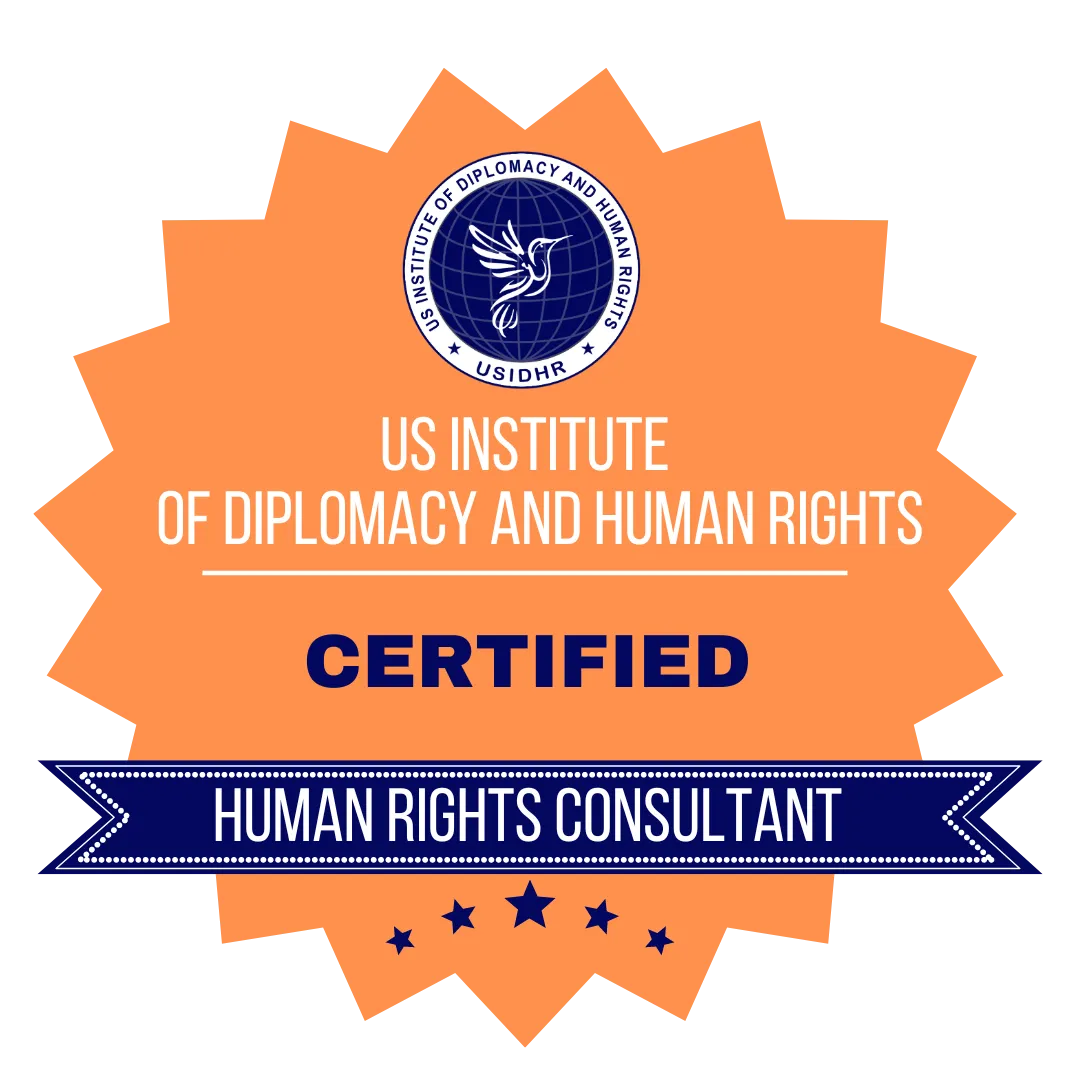
Human Rights Education Certification Training

Human Trafficking Certification
Training
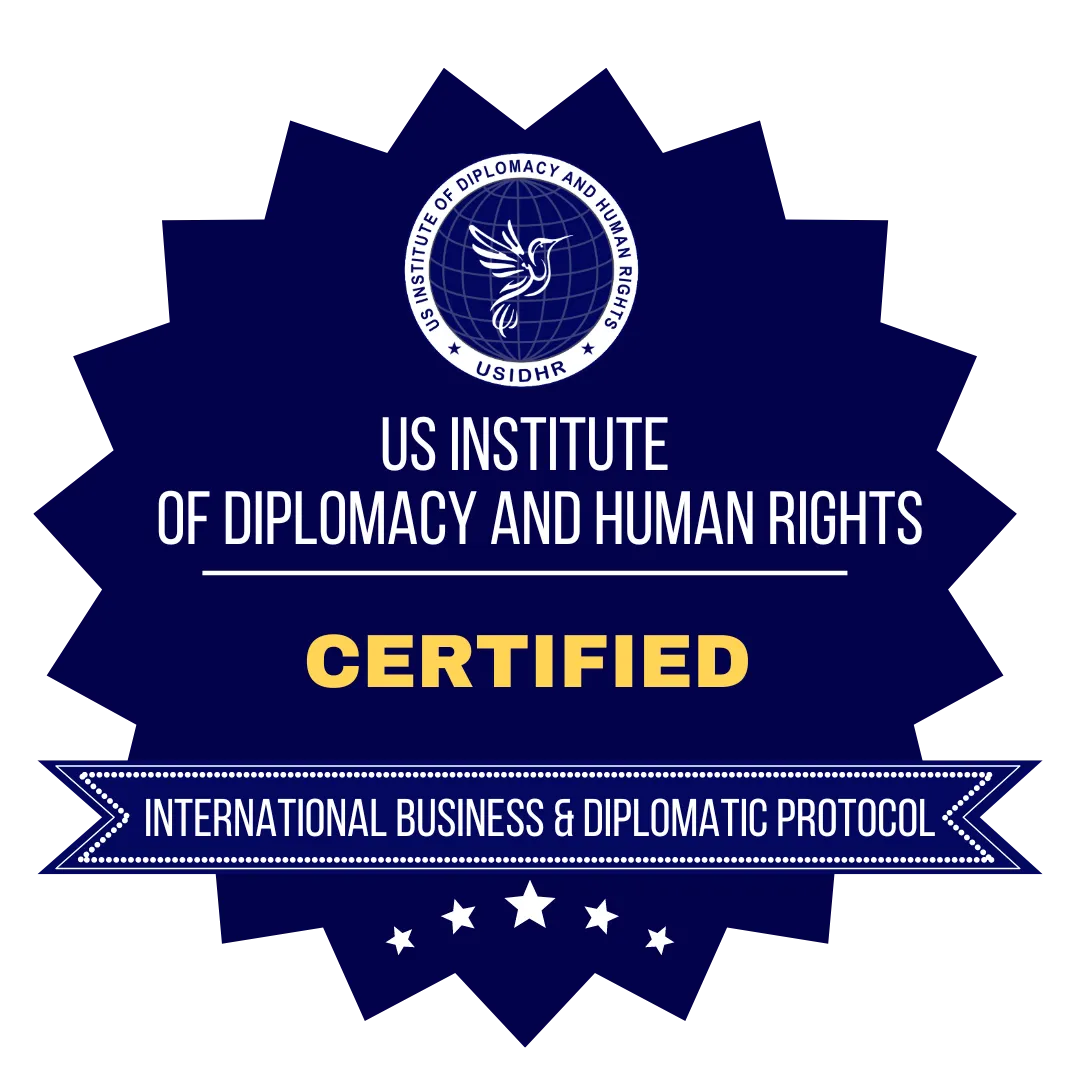
International Business and Diplomatic Protocol Certification

Capacitación En Derechos Humanos
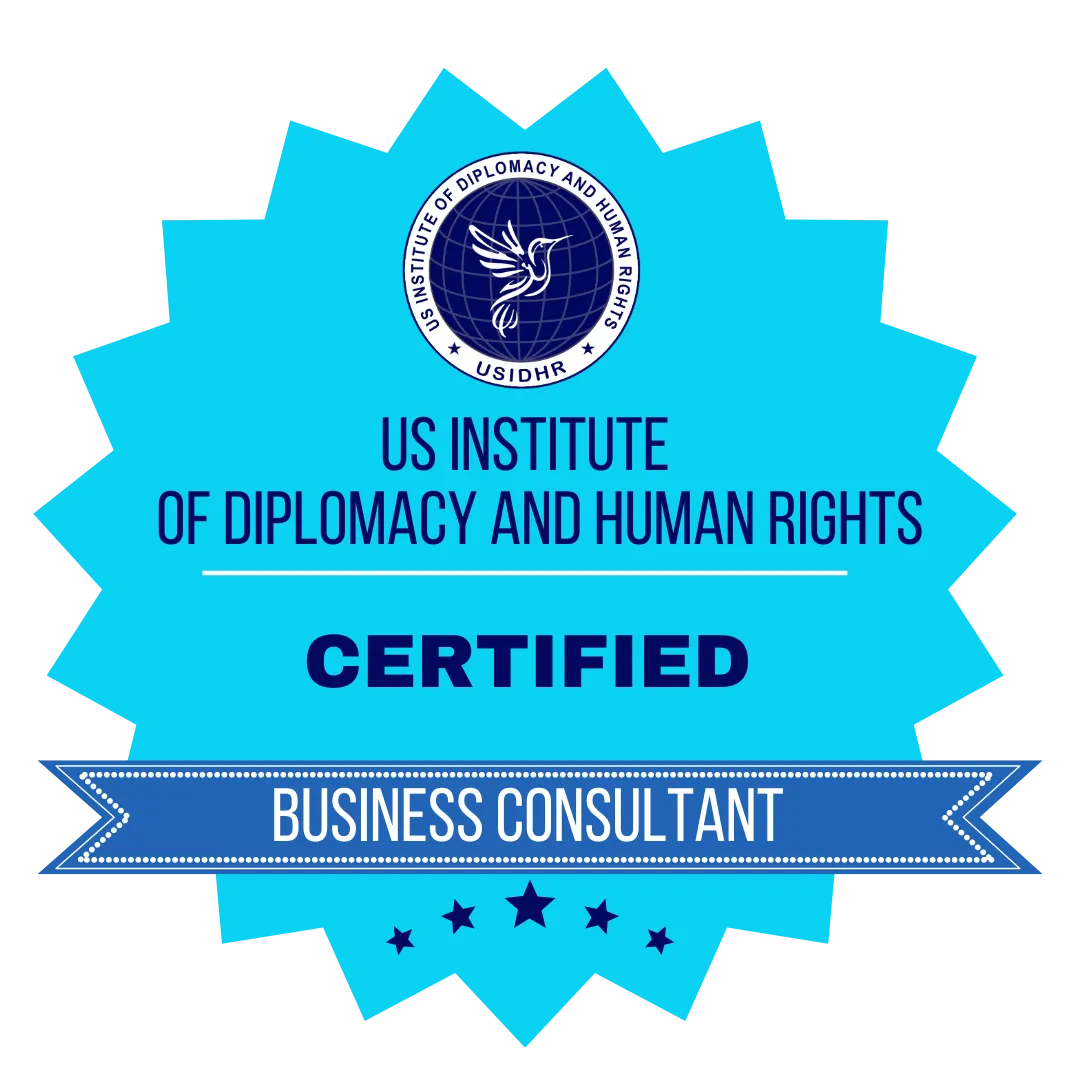
Business Consulting Certification Training
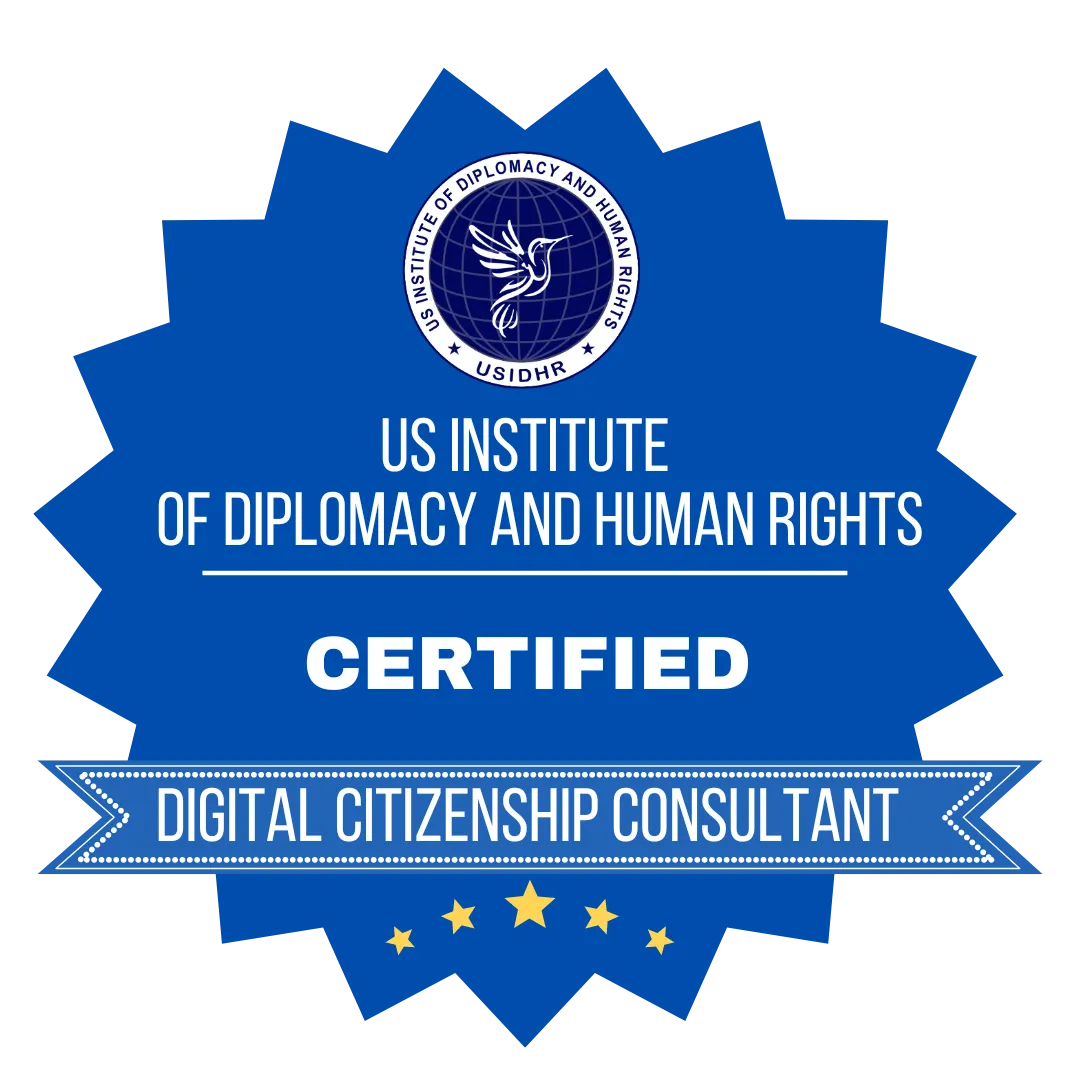
Digital Citizenship Certification
Training

The US Institute of Diplomacy and Human Rights (USIDHR) is an International Continuing Professional Development (CPD) Accredited Organization. Accredited CPD training means the learning activity has reached the required Continuing Professional Development standards and benchmarks. The learning value has been scrutinized to ensure integrity and quality. The CPD Certification Service provides recognized independent CPD accreditation compatible with global CPD requirements

US Institute Of Diplomacy And Human Rights
1250 Connecticut Ave NW Ste 700, Washington, DC 20036


